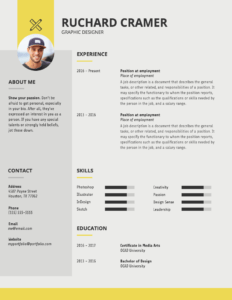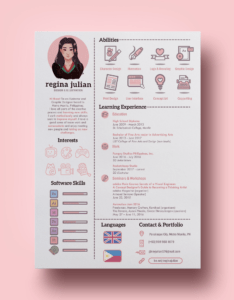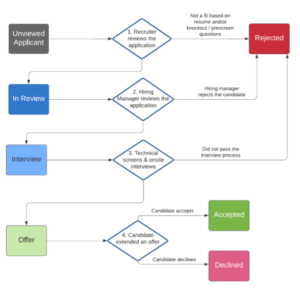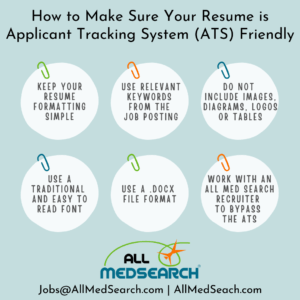
Most human resources departments nowadays allow computer systems to analyze your application and resume long before any human sees it. Several variations of the Applicant Tracking System (ATS) exist to make the hiring process more efficient and organized, especially for companies that receive hundreds to thousands of applications each day.
How can an ATS make a hiring manager’s job easier? For starters, the software can read through applications and resumes the company receives and make an independent decision on whether to let this application reach the hiring manager or become rejected. This can be a headache for the individual applicant, who believes their resume is nicely tailored, but ends up never hearing back from the company, simply due to the ATS’ rejection.
In this article, we’re going to discuss a few steps that applicants can do to their resumes to ensure they make it through the ATS filter and reach the hiring managers’ eyes: simple formatting, relevant key-wording, and knowledgeable resourcing.
First and foremost, the formatting of your resume should remain as simple as possible. Unless you are applying for a position where graphic design is a key element to the position, there is no reason to have a colorful, unique, abstract, or fancy-looking resume. Some examples of things to leave out are photos, progress bars, diagrams, tables, and clip art. The ATS is unable to read and understand these types of data, and you will spend a considerable amount of time making your resume look nice, just for your application to be rejected because the ATS believes you are lacking vital data. Fonts should also be limited to the usual list of professional fonts, such as Calibri, Times New Roman, or Arial (your hiring manager will also thank you!). Another important tip is to keep your resume file-type as a .doc or .docx. Some ATS may be able to accept .pdf files, but all ATS can accept and understand word documents.
Here are some examples of what not to do with your resume:
Secondly, using the right words in your resume will make a huge difference in your breakthrough to the hiring managers. When your resume is uploaded to an ATS, the software will automatically populate the application with whatever information you gave it. If you are applying to a medical coding job, for instance, where the requirements for the position include clinical experience, and your resume is detailed in professional-fee experience, the ATS will see that, will populate your application with the pro-fee details, and then will not recommend your application for the specific job due to that information. It is critical that you tailor your resume for the specific job you are looking to get. Even if you are applying to the same job at multiple companies, you may have to customize your resume for each and every application you send in. To maximize your chances of success, you must play ball with the ATS.
Step one can make or break your application.
Lastly, there is nothing wrong with getting help to bypass an ATS. If you are working with a recruiter, they will typically write out your resume for you. At All Med Search, we take pride in lifting the pressure from our candidates by working the hiring pipeline process for them. That means we will format your resumes, fill out your applications, and ensure your application gets a chance to be reviewed by a hiring manager.
Not working with a recruiter? Below is a simple refresher guide you can save to remind you of the most important things needed to be accepted the ATS. We hope this guide has helped you break through and stand out as a top-tier applicant. Happy Hunting!
If you are looking for a way to not even worry about an ATS reading your resume – contact me today, Jon@AllMedSearch.com



